P-traps are an essential part of plumbing systems that are used to prevent unpleasant and potentially harmful sewer gasses from entering the living space. They are commonly installed under sinks, bathtubs, and showers, and are designed to hold water, which creates a seal that blocks sewer gasses from escaping the sewer system. In this article, we will explore in detail the importance of p-traps, how they work, and why they are necessary for a sink.
What is a P-trap?
A p-trap is a plumbing fixture that is shaped like the letter “U”. It is a curved pipe that connects the sink drain to the sewer pipe. The p-trap is designed to hold water, which creates a seal that prevents sewer gasses from entering the living space. The water in the p-trap acts as a barrier between the sewer system and the living space.
P-traps can be made of different materials, such as PVC, ABS, or brass, and can be found in various sizes to fit different plumbing configurations.

How Does a P-trap Work?
A p-trap works by holding water in the curved section of the pipe. This water creates a barrier that prevents sewer gasses from entering the living space. When the sink is used, the water in the p-trap is displaced, allowing the wastewater to flow into the sewer system. When the sink is not in use, the water in the p-trap remains in place, creating a barrier that blocks sewer gasses from escaping the sewer system and entering the living space.
The p-trap is installed directly beneath the sink drain and is designed to collect and hold a small amount of water. This water prevents sewer gasses from entering the home by creating a barrier that blocks the gasses from escaping the sewer system.
Why are P-traps Necessary for a Sink?
P-traps are necessary for sinks because they prevent unpleasant and potentially dangerous sewer gasses from entering the living space. Sewer gasses contain harmful substances like methane, hydrogen sulfide, and ammonia, which can cause health problems if they are inhaled.
In addition to protecting your health, p-traps also help prevent unpleasant odors from entering your home. Without a p-trap, sewer gasses and unpleasant odors can escape through the sink drain and into your living space.

Another important reason why p-traps are necessary for sinks is that they help prevent clogs. P-traps are designed to catch small objects like hair, food particles, and soap scum that may accidentally go down the drain. This prevents these items from clogging the pipes and causing damage to the plumbing system.
What Happens if a Sink Doesn’t Have a P-trap?
If a sink doesn’t have a p-trap, sewer gasses can enter the living space, which can cause health problems and unpleasant odors. Without a p-trap, there is nothing to prevent sewer gasses from escaping through the sink drain and into the home.
Additionally, without a p-trap, the plumbing system is more susceptible to clogs. Small objects like hair, food particles, and soap scum can easily make their way into the pipes and cause blockages. These blockages can cause water to back up into the sink or even overflow onto the floor, causing damage to the home.
Are there any Alternatives to a P-trap?
While p-traps are the most common type of plumbing fixture used to prevent sewer gasses from entering the living space, there are alternative options available. One of the alternatives is an S-trap, which is similar in design to a p-trap but has a different shape. S-traps are not recommended because they can cause siphoning, which can lead to sewer gas entering the living space. Another alternative is a bottle trap, which is designed to look like a bottle and is commonly used in modern bathrooms. However, bottle traps have a smaller water seal and are not recommended for sinks that are used frequently.

It is important to note that some states and local building codes require the installation of p-traps for all plumbing fixtures, including sinks. It is always best to consult with a licensed plumber to determine the best option for your specific plumbing needs and local building codes.
How to Maintain a P-trap
P-traps are relatively low maintenance plumbing fixtures, but they do require some upkeep to ensure they are functioning properly. Here are some tips for maintaining a p-trap:
Regularly clean the p-trap to remove any debris or buildup. This can be done by removing the p-trap and using a wire brush or a mixture of vinegar and baking soda to clean the inside of the pipe.
Ensure that the p-trap is properly installed and not leaking. Leaks can cause water to escape, which can lead to mold and mildew growth.
If you notice a foul odor coming from the sink drain, pour a small amount of bleach or vinegar down the drain to kill any bacteria or mold that may be causing the odor.
If you are experiencing frequent clogs, try using a plunger or drain snake to remove any blockages in the pipes. Avoid using chemical drain cleaners, as these can damage the pipes and cause more serious plumbing problems.
Contact White’s Plumbing
In summary, p-traps are an essential plumbing fixture that prevent sewer gasses from entering the living space, protect your health, and prevent unpleasant odors. They are necessary for sinks because they prevent clogs and ensure the proper functioning of the plumbing system. While there are alternative options available, p-traps are the most commonly used and recommended option. It is important to properly maintain p-traps to ensure they are functioning properly and to consult with a licensed plumber to determine the best option for your specific plumbing needs and local building codes.
If you are having trouble with your sink’s p-trap or are looking to have a new p-trap installed for one of your sinks near the Youngsville, North Carolina area, contact us here at White’s Plumbing! Our expert staff will help you with all of your plumbing needs to ensure that your sink – and the rest of your home’s plumbing – are working like new.




